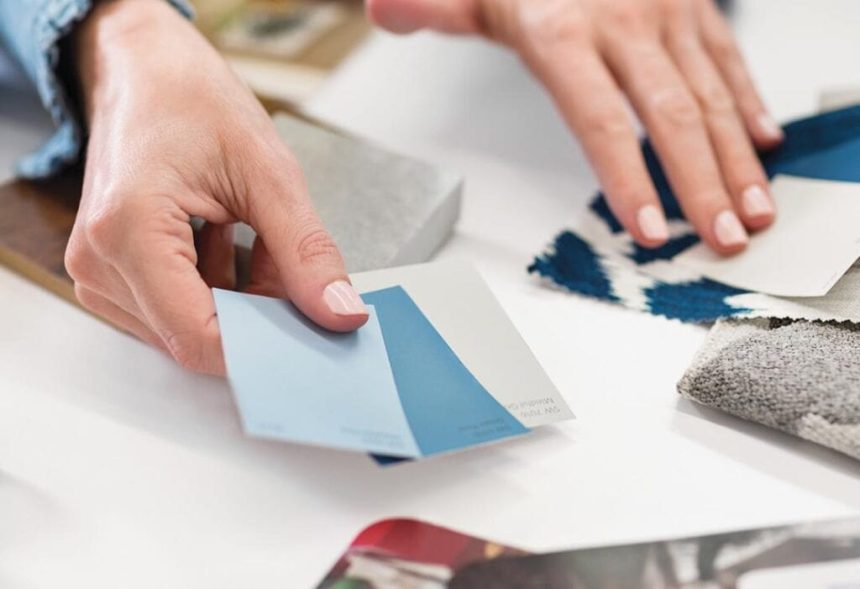Why Color Matters More Than You Think
Your living room is more than just a space to sit — it’s the heart of your home, where moods are shaped and memories are made. The colors you choose for this space do more than define style; they influence emotions, energy, and even how comfortable your guests feel. Understanding the psychology of color can help you design a living room that truly supports the life you want to live.
Calm and Comfort: Blues and Greens
Shades of blue and green are often linked to tranquility. Soft blues can create a serene, airy feel reminiscent of open skies or calm seas, while greens bring the freshness of nature indoors. Together, these tones are ideal for creating a peaceful retreat, perfect for relaxation after long days.
Warmth and Energy: Yellows and Oranges
Want to make your living room feel welcoming and lively? Yellows and oranges are your allies. Yellow sparks optimism and cheer, while orange promotes energy and conversation. These shades are perfect for social households, but balance is key — too much intensity may feel overwhelming.
Elegance and Power: Blacks and Dark Tones
Deep, dark shades like charcoal, navy, or black can add drama and sophistication. These colors create intimacy and can make a large space feel cozier. Paired with good lighting and lighter accents, darker tones can transform your living room into a bold, stylish statement.
Balance and Neutrality: Whites, Beiges, and Greys
Neutral colors remain timeless for a reason. Whites and light greys expand space visually, making rooms feel open and clean. Beiges bring warmth without dominating the palette. Neutrals are also versatile — they create a calm backdrop, letting furniture, art, and textures shine.
Passion and Creativity: Reds and Purples
Reds are stimulating and bold, often associated with excitement and passion. They can encourage lively discussions but may feel too intense in large doses. Purples, on the other hand, bring creativity and luxury — softer lavenders for a dreamy touch, or richer plums for a regal vibe.
Choosing What Fits You
The psychology of color isn’t one-size-fits-all. A living room should reflect your personality and lifestyle. Extroverts might thrive in bold, warm spaces, while introverts may prefer calming blues and greens. The key is balance — using accent walls, textiles, or décor pieces to test how certain shades impact your mood before committing to a full palette.
Final Thought
Your living room sets the tone for your home. By applying color psychology, you’re not just decorating — you’re shaping how you and your guests feel every time you walk in. Whether you want calm, energy, elegance, or creativity, the right palette can make your living room more than a room — it can make it an experience.











